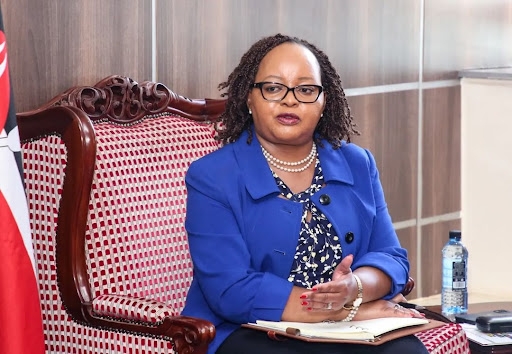As communities adjust to new cultures and adopt new ideas of beauty, traditions such as ear-piercing and stretching earlobes among the Kalenjin community are rare these days.
Piercing ears was done during transition rituals, especially during graduation from childhood to youth, from youth to adulthood and preparation of young women for marriage.
Others, especially young warriors pierced, their ears to adorn themselves with ornaments that were a sign of their bravery.
Naum Chumba, 79, still stands out with the ornaments she paid for with immense pain and endurance.
With her pierced and over-stretched earlobes hanging over her shoulders, Chumba said that she is proud of her culture and that’s why she retained her extraordinary earlobes.
Chumba, a resident of Cheboror village in Nandi county, said piercing of earlobes was significant for both men and women in the entire Kalenjin sub tribe, adding that loosely swinging earlobes were valued in the community.
“I underwent the process during my teenage years among other girls, prior to our initiation to adulthood in the late 1950s. It was compulsory for girls at puberty to possess all the women’s ornaments,” she said.
The mother of four pointed out that girls from age of 14 years and above were taken through the rigorous surgery process that would last up to six months, depending on the earlobes' expansion rate.
She said to achieve the desired size of the loose earlobes; the medicine men specialized in doing the cuts with caution.
The round designed sticks known as ‘kabareiwek’ were inserted gradually to pull down the earlobes and expand them to the desired sizes. Larger sticks were inserted.
“The process was painful but we had to endure because we love our culture. The sticks were changed weekly and the ear could take up to even six months to fully heal,” she said.
Anne Sawe, 73, said piercing of ears was a common practice in almost every Kenyan community in the past but nowadays people no longer practice it due to modernisation.
She recalled that for women, the ornaments were made from leather artistically designed with beads.
The Kalenjin men too pierced their ears but their ornaments were different from those of women. The ornaments were made from copper and aluminium metals by the community’s blacksmith.
Apart from Kalenjins, Turkana, Samburu and Maasai are among communities who pierced and decorated their ears in Kenya.
(Edited by V. Graham)











